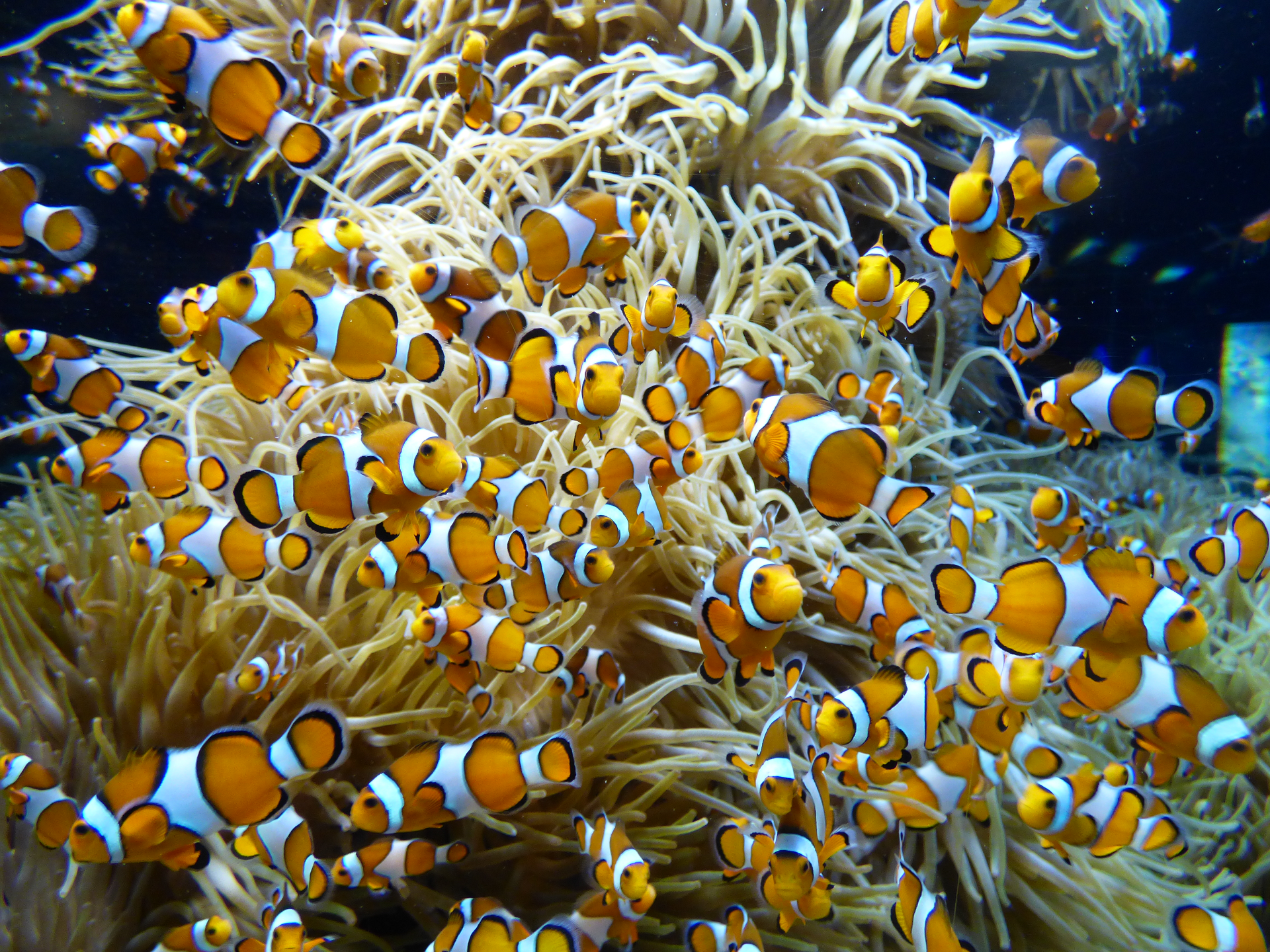Publication Abstract
- Title
-
Production systems and mobile genetic elements associated with antimicrobial resistant Vibrio on seafood
- Publication Abstract
-
Vibrio is a genus of bacteria commonly found on seafood products and includes many important human pathogens. Most seafood is produced using aquaculture systems, which frequently use antimicrobial agents. In this study we aimed to determine if method of seafood production was associated with pathogenic and antimicrobial resistant (AMR) Vibrio. We collected retail prawn and salmon samples in the United Kingdom, isolated and sequenced Vibrio to identify the species and AMR genes (ARGs) present, followed by long-read sequencing a subset of genomes to identify mobile genetic elements (MGEs) associated with ARGs. Vibrio was cultured from 136/279 of prawn and 4/157 of salmon samples, but ARG-containing Vibrio were only isolated from aquaculture-derived samples. Pathogenic Vibrio species such as Vibrio cholerae, Vibrio parahaemolyticus and Vibrio vulnificus were only isolated from aquacultured prawn samples. A quarter of ARGs were found on plasmids, mostly in close vicinity to the insertion sequence type IS6/IS26, and the remaining AMR genes were found on the chromosome. Most chromosomal ARGs were not associated with a MGE and for those that were there was no MGE type with which they were predominantly associated. Vibrio isolates belonging to different species contained ARGs associated with similar MGEs. AMR Vibrio were more likely to be found in aquacultured seafood, and pathogenic Vibrio were more likely to be found in aquacultured prawns. Vibrio has an arsenal of MGEs that allow ARGs to be spread to other Vibrio strains. Aquaculture practices need to be examined to prevent the spread of pathogenic and AMR Vibrio.
- Publication Authors
-
Samuel J Bloomfield (Quadram Institute Bioscience, Norwich Research Park, Norwich, United Kingdom), Raphaёlle Palau (Quadram Institute Bioscience, Norwich Research Park, Norwich, United Kingdom), Nicol Janecko (Quadram Institute Bioscience, Norwich Research Park, Norwich, United Kingdom), Craig Baker-Austin (Centre for Environment, Fisheries and Aquaculture Science, Weymouth, United Kingdom) Corresponding author: Alison E Mather (Quadram Institute Bioscience, Norwich Research Park, Norwich, United Kingdom, University of East Anglia, Norwich, United Kingdom)
- Publication Reference
-
ISME journal
- Publication Internet Address of the Data
- Publication Date
- Publication DOI: https://doi.org/
- Publication Citation


